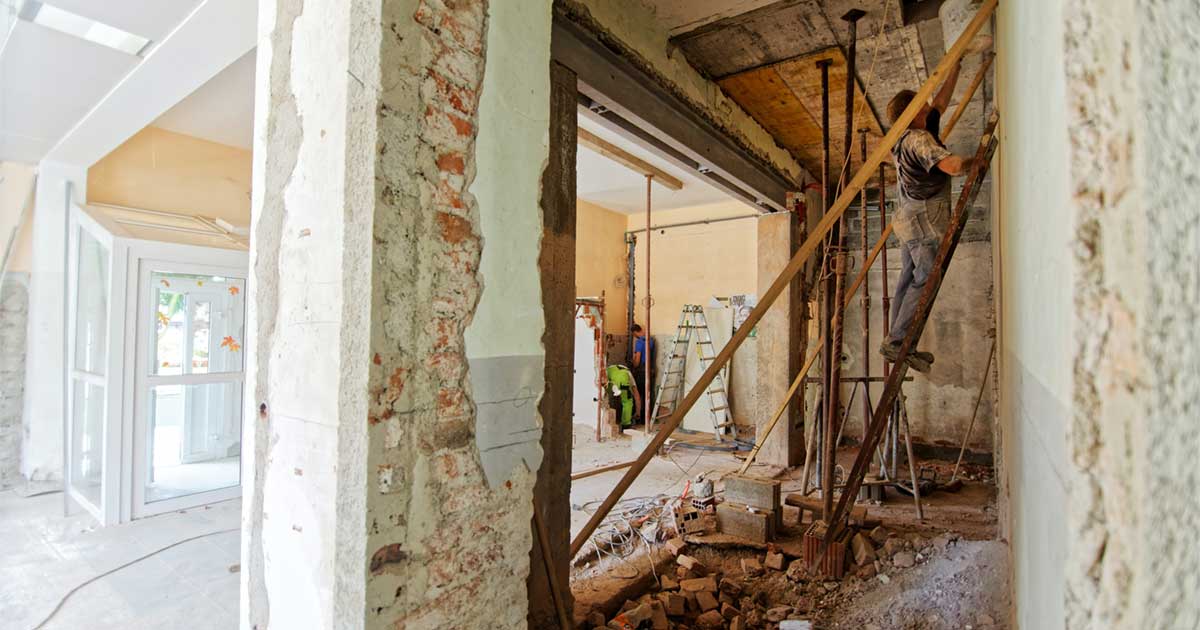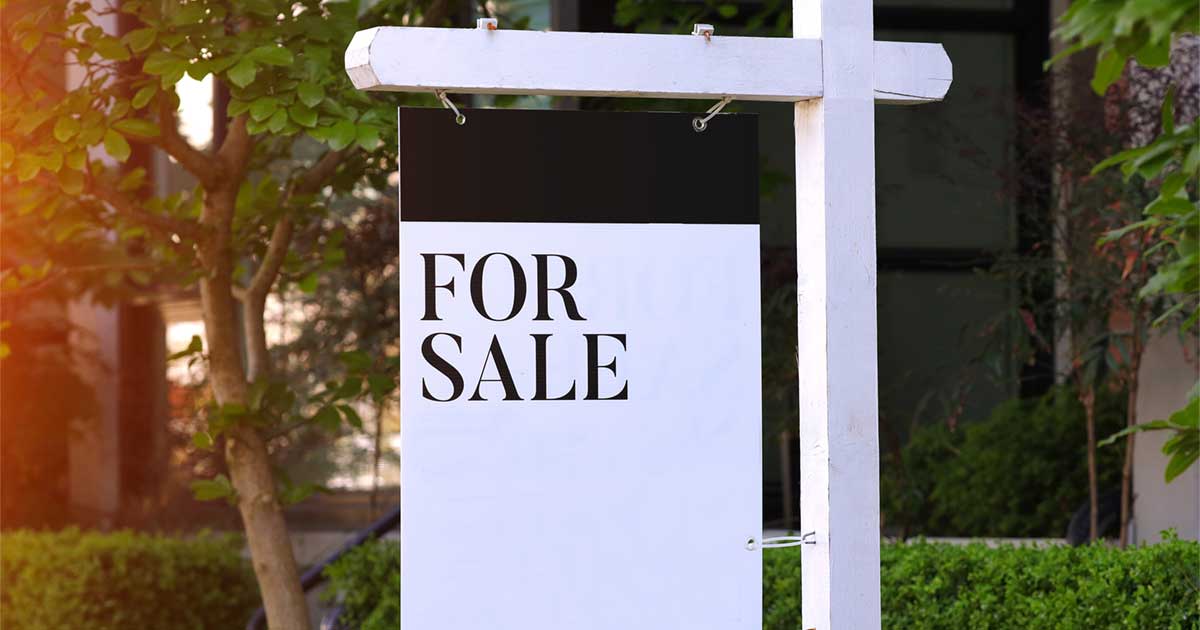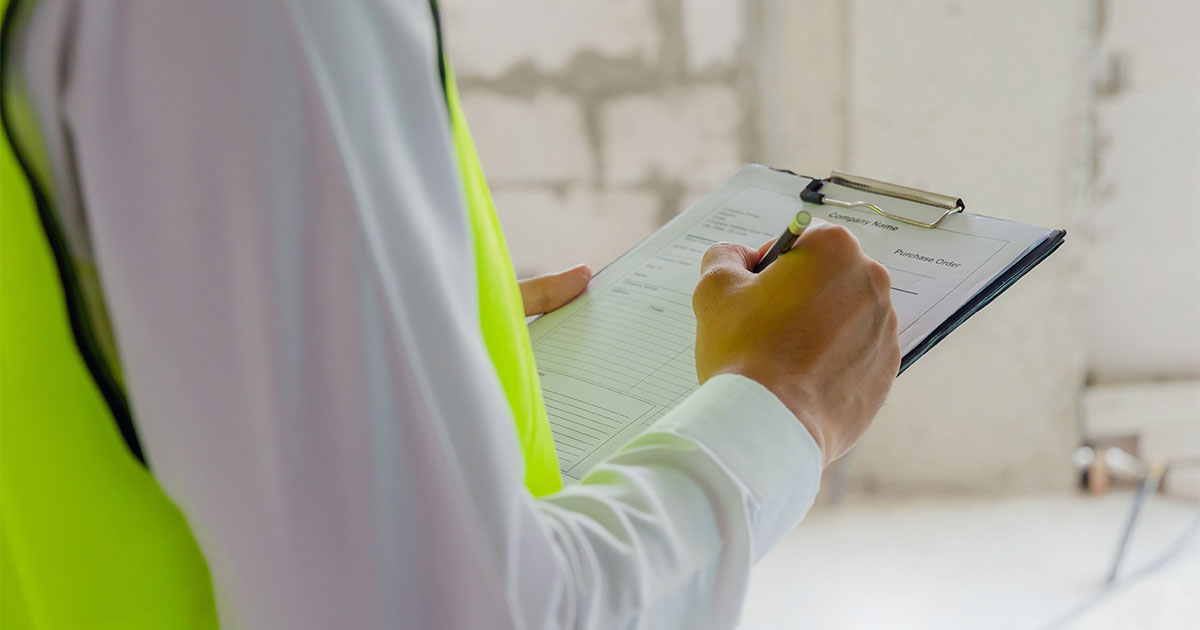LEGAL STRATEGIES FOR NEGOTIATING RENT RELIEF IN THE WAKE OF COVID-19
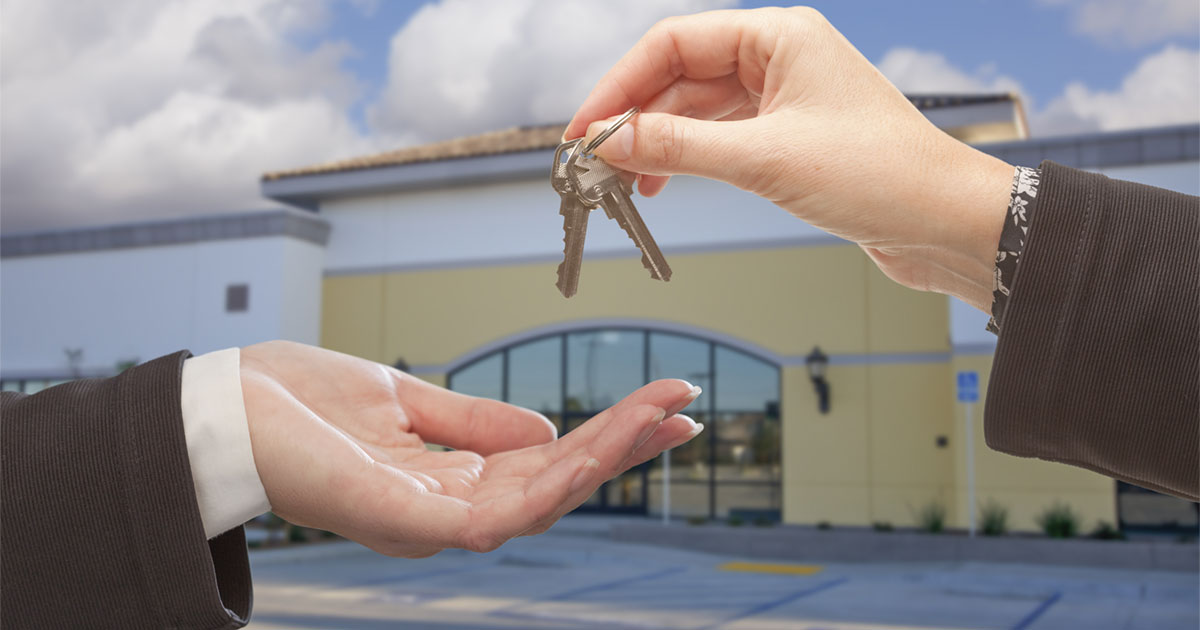
The COVID-19 pandemic is forcing drycleaners who rent their commercial property to ask some tough questions about their rental agreement. Did revenue go down so much last year that I can no longer afford my rent? Will business go back to normal once a sizable portion of the population is vaccinated? Should I consider shopping around for a new, more affordable location? Will I lose loyal customers if I move? The thing to remember at this moment is that everyone is struggling in some way, which means that your landlord might be more amenable to renegotiate the terms of your leasing agreement for mutual benefit. For others who don’t have as sympathetic a landlord, there are also legal strategies for terminating your lease unilaterally. Whatever your situation is, here are some things to consider as you strategize with your legal counsel and environmental experts.
Disclaimer: The legal underpinnings of the strategies discussed in the article were presented by attorneys at Davis|Kuelthau, who are licensed to practice law in the state of Wisconsin.
Watch the webinar: How to terminate or renegotiate leases for drycleaners
WHAT ARE YOUR RIGHTS AS A TENANT?
The landlord-tenant statutory code provides default obligations, rights, and provisions in the commercial context if the parties have not otherwise contracted around them. In commercial leases, most states allow the parties a wide amount of latitude in contracting provisions as they choose. It’s a principle called “Freedom of Contract.” You’ll see many form leases presented to tenants by landlords that are one-sided. But, given the fact that most parties are sophisticated business parties those provisions are enforceable regardless of how heavy-handed they may be.
Lease provisions that cannot be contracted around are:
- Eviction proceedings and forcible removal
- Duty to mitigate damages after default
- Requirement of good faith and fair dealing in contract
- Liability to third parties
- Duties under environmental regulations
KEY LEASE PROVISIONS TO REVIEW DURING COVID-19
However, if your financial circumstances are dire under the pandemic, and revenue is lower than anticipated, there are several lease provisions that can be reviewed.
Tenant Early Termination Right
If there is a drop in revenue, co-tenancy provisions, or the premises are at a retail center that aren’t being met, those may be certain circumstances where the tenant can leave a lease early.
Default, Cure, and Notice
It’s important to know what constitutes a “default.” Is there written notice that the landlord needs to deliver to the tenant to create a “breach of contract” into a “default of the lease obligations”? Many landlords send what they think is effective notice in default to tenants via email, but it is not actually an effective termination or default notice under the terms of the lease.
Remedies
If rent is hard to come by and your landlord’s not willing to negotiate, you must know what the landlord’s remedies are in the event of a potential tenant default. Was there an acceleration of rent concept? Certain circumstance upon a default a landlord can accelerate all future due rent discounted from a present value to collect debt from a tenant. Some courts find that to be an unenforceable provision, but it is certainly one to be aware of.
Assignment/Subletting
If it makes sense to withdraw from the premises you may need to provide a credit-worthy and sufficient replacement tenant. What is the standard by which the landlord reviews that? Is it based on the landlord’s reasonable or sole discretion to accept that tenant?
Force Majeure
This is a highly litigated provision during the COVID-19 Pandemic. This provision allocates risk when unforeseen circumstances occur such as a pandemic. For example, if rent obligations are not being met because customers are not showing up, does the tenant have a right to withhold or abate rent to a certain extent under that provision?
Go-Dark/Go-Dim Provision/Anchor Tenant Provisions / Co-Tenancy Provisions
These provisions supply a possibility for the tenant to lower their operating costs. For example, if it does not make sense to be open from 8 to 5 Monday through Friday, if governmental restrictions are causing customers not to show up at the door, there is a potential justification there for the tenant to “go dim” or “go dark” without defaulting under the lease. You may have a rent obligation that still comes due, but you may not be defaulted under the lease in that circumstance.
CONSIDERATIONS BEFORE RENEGOTIATING YOUR LEASE DURING COVID-19
First off, if you are a tenant, you should always come to the negotiating table aware of your landlord’s situation. The landlord may be willing to potentially renegotiate the lease with you, reduce rent obligations, or come to some alternative arrangement, but the loan agreements on that property may prevent that. It is important to remember there might be a third-party lender involved as well. The landlord’s covenants that are due to the lender may prevent amendment or require approval of the third party. Some examples of this are debt-service coverage ratio and insecurity clauses.
Other considerations that the landlord may have before the negotiation include whether there is any non-disclosure to third parties. If the property is at a retail center, non-disclosure to third parties that can cause an avalanche of negotiations that may not necessarily be favorable to the landlord. The landlord may need a confirmation of tenant’s current financial situation to make sure that they really need some sort of relief or rent abatement. The landlord may also ask for confirmation that the tenant pursued all other avenues before asking to renegotiate the lease. Those avenues may include governmental loans or claims on a business interruption insurance policy.
COOPERATIVE NEGOTIATION VS ADVERSARIAL NEGOTIATION
After you have a better understanding of the factors at play and what the landlord’s situation may be, you will need to decide if you want to pursue a cooperative negotiation or an adversarial one.
Cooperative Negotiation
The good news is that cooperative approaches have been more common during the COVID-19 pandemic. As was stated earlier, everyone is suffering, including landlords, and the entire ecosystem is going through a collective adjustment. Landlords, lenders, and tenants understand that they are all in this together.
Adversarial Negotiation
But, if there is any indication that the landlord will not be responsive to a request to renegotiate, an adversarial approach can be taken, and legal arguments can be made for a tenant to seek a unilateral rent abatement or lease termination. It is just a matter of knowing who you will be sitting down with at the negotiating table, and what approach they will respond to.
STRATEGIES FOR RENEGOTIATING YOUR LEASE
After you choose an approach, the next step is figuring out what you want out of the negotiation, and what you will be able to offer the landlord in exchange. The number one reason tenants want to renegotiate during the COVID-19 pandemic is rent relief. Here are some proven legal strategies that can lead to that outcome.
Short-term vs. Long-term
You should take into consideration the short-term rent relief that you are asking for versus the long-term effect on your lease obligations. Your landlord is going to want some sort of concession from you in exchange for the rent relief. A modification to a longer-term lease is preferable for a landlord because, if that landlord is considering selling the property, it is in their best interest to show a potential buyer that the property will be productive for an extended period. On the flip side, a landlord might prefer negotiating for a shorter-term lease if they believe the rent currently being paid under the lease is lower than fair market value.
Rent Restructuring
One of the main provisions that is renegotiated is the rent structure itself. Most leases are structured as a “triple-net” lease, which means there is a base rent paid and triple-net and utility costs on top of that. One way to restructure this lease is with a “percentage rent structure.” In a percentage rent structure, the lease has a lower minimum base rent with a premium added, so whatever the landlord is going to be owed is going to be commensurate with what the tenant can derive in revenue from the premises. The goal being that whatever the landlord is losing in revenue from the lower rent cost will be made up in the percentage of the revenue from the tenant’s business.
Elimination of Tenant Option or Renewal Rights
What’s the short-term benefit in making sure that the lease and the tenant can remain solvent, and what can you give up for that, and what will the landlord be willing to exchange? In certain circumstances, tenant options are waived in exchange for those rent abatements.
Guarantees
If one is not already in writing, a corporate or company tenant can give a landlord a guarantee in exchange for rent abatement or rent deferral. This is risky for the tenant because if they default, there could be some personal liability assigned to the principals behind the company. If a tenant wants to go this route, counsel recommends that it be limited in scope, time, and the amount of the liability.
Security Deposits
If one is not otherwise required under the lease agreement, a landlord can request one from the tenant in exchange for some rent relief.
Landlord Lien
A security interest in all tenant properties if that is not already in place in the lease or by state law as a default. Landlords can request this in exchange for a rent concession.
Assignment/Subletting
If the tenant is not able to continue to operate at the premises, can they provide a credit-worthy replacement tenant? And will the liability stop after that assignment or after that sublease.
JUSTIFICATION FOR UNILATERAL LEASE MODIFICATION OR TERMINATION
If the negotiations are unfruitful there are other unilateral options available to a tenant to either modify or terminate their lease agreement or a rent obligation. These justifications have been difficult for tenants to prove, because the courts do not want to relieve the parties of their contractual obligations. However, there is precedent for tenants to raise these claims in court or in potential demand letters for rent abatement. They require a closer view of the specific facts and circumstances of a given lease, but they are, at least, an available option for tenants.
Tenants should not overlook whether there’s a contractual obligation to terminate. Make sure you know your lease. Make sure you know if there’s an early termination provision. In some cases, a gross revenue threshold may catch a tenant by surprise. This provision says that if gross revenue dips below a certain level, a tenant may lose their ability to terminate the lease early.
Frustration of Purpose Doctrine
The first doctrine of justification for unilateral modification is called a “frustration of purpose.” This allows a party to a contract to be excused from the performance if an essential purpose of the contract is frustrated due to circumstances that are completely and wholly unforeseen by the parties when they enter the contract and they are not caused by the party attempting to invoke the doctrine. The trouble that tenants come up against is what is the essential purpose of the lease contract? Is the purpose of the contract to make money at the premises? Is the essential purpose to operate a business? Is there a gross revenue threshold that can potentially eliminate a tenant’s ability to terminate the lease early should they slip under?
Counterarguments for Frustration of Purpose Doctrine
One of the common counterarguments for the invocation of the Frustration of Purpose Doctrine is “What is the intervening force?” Is it a direct effect of government restrictions where you cannot operate your business? Or is it an intermediate force which is the government restrictions have caused people not to come to the premises and pay for services? But it’s economic circumstances that are causing a tenant to have difficulty paying their rent, and not necessarily an effect of being shut down by the government. Most courts take the position that if there’s a Force Majeure clause that plausibly describes the situation in which we’re in (a pandemic; and act of god) that if a Force Majeure provision is in the lease that has operated to allocate risk for unforeseen circumstances. And, in most leases, there is an independent rent covenant which says no matter what happens the tenant has an independent covenant to pay rent regardless of any defaults by landlord or any unforeseen circumstances. That provision has dubious enforceability, but it’s one that tenants will still have to contend with.
Impossibility or Impracticability of Contract
In this case, there is outside intervening circumstances that were unforeseen by the parties that cause a party’s failure to perform. In this circumstance, a tenant either paying its rent or not being able to operate at full capacity. If the intervening force makes it substantially more difficult or costly to render its performance under the contract or impossible, the tenant may have a justification for either reducing rent or potentially canceling the contract depending on the duration of the remainder of the contract.
If Landlord is failing to fulfill obligations under the lease
Examples of this include deferred common area maintenance service or lessened common area maintenance services. If the landlord is not fulfilling their total obligation under the lease that may be justification for the tenant to reduce its rent commensurate to service or the maintenance that is being withheld. Same thing landlord repairs. If the lease is structured in such a way that if there are tenant improvement allowance that is going to be paid out at a certain period of time if a landlord has tipped their hand that it won’t be paying that because they don’t have the funds for it, that may provide some justification for a tenant to attempt to unilaterally modify their lease obligations or even terminate the lease.
POTENTIAL CONCERNS AFTER UNILATERAL TERMINATION
If a tenant attempts to modify or terminate a lease obligation without having renegotiated an amendment to the lease with your landlord, here are some potential concerns:
Acceleration of rent
A tenant could be on the hook for all rent obligations that are going to come due for the remainder of the term of the lease discounted to a present value.
Landlord assumption of tenant obligations and chargebacks
The Landlord can assume tenant obligations to charge back their costs.
Guarantor liability
A tenant can attempt to terminate their lease or abate their rent, and they would even be justified in doing so, but if there is a guarantor liability in the language of the lease, that could mean an independent obligation of the guarantors to continue paying the landlord.
Landlord Duty to Mitigate
There is still a requirement to put the landlord on notice to attempt to mitigate the damages the landlord can potentially suffer for not having a tenant paying rent and occupying the space.
ENVIRONMENTAL ISSUES LIKELY TO COME UP
Drycleaners and other businesses that are prone to accidental releases of contaminants have another set of concerns to consider when renegotiating a lease. Before a drycleaner can get out of a lease, there are other environmental provisions at play.
Obligation to return the property to its prelease condition
In virtually every commercial lease, there is some sort of obligation to return the premises to its original state, or normal wear and tear excepted. Changes and modifications that intentionally made are often included. There’s a clause that’s often included in a lease called a “no waste clause,” that says a tenant cannot contaminate the environment. Damaging the walls, impacting the structure of the building, and ending up with mold are all examples of “wasting the building.” Perc contamination is a potential liability under the “no waste clause” of these leases.
If you own your drycleaning property and plan on renting it out, read this article about what to consider when letting a former drycleaning property
Long-term liability of contamination
The Federal Superfund law assigns liability to big hazardous spills as well as small operations like drycleaners. And, the liability can apply to the owner of the property as well as the tenant, which means the landlord can be subject to these liabilities. The party who causes the contamination is subject to these responsibilities and that responsibility does not matter if the party had any fault or not. In fact, under “joint and several liability,” one party that may have had a small contribution to a contamination problem can be held 100% responsible.
HISTORICAL ISSUES WITH DRYCLEANING OPERATIONS
No one is intending to contaminate when they operate their drycleaning machine. What we have learned over the decades, is that the general operation of the drycleaner, particularly one using transfer machines. When these drycleaners were taking wet clothes out of the washer and moving them into the dryer, there were drips and dribbles or little amounts of perc contaminated water that fell off, hit the concrete, and fell through. Perc moves very well through the environment, so a very small amount of perc from these drips and dribbles can result in noticeable and challenging environmental contamination.
Other examples of how environmental contamination could have arisen over the history of a drycleaner’s operation include incidental dripping during the disposal of a filter, accidental spills from a five-gallon bucket into a machine, or even a hose from the chemical delivery company overfilling the tank and spilling over onto the ground. Once contamination gets into the environment, and once a drycleaner is aware of it, they have an obligation to deal with it.
RESPONSIBILITY TO INVESTIGATION AND REMEDIATE
Dealing with an environmental contamination at a drycleaner can be costly. It requires looking at the extent of the contamination and coming up with a remedial plan to deal with it. Over the years, the cost of that has increased because of the somewhat recent addition of vapor intrusion issues. Vapor intrusion can impact neighboring homes and retail properties that require additional mitigation and monitoring, the cost of which will come out of the responsible party’s pocket. And, since many state cleanup funds were set up in the 90’s, when cleanup costs were cheaper, the funds only pay out a fraction of the total remediation expense.
On top of cost, a remediation project can cause a significant disruption to the business. An excavation or installation of remediation infrastructure in the footprint of the building can cause a significant disruption to a drycleaner’s business (if their consultant is not mindful of their business schedule). It can also be a hassle to the drycleaner’s neighboring businesses with routine sampling and monitoring happening on or near their premises.
Disclaimer: The following content is from the Insurance Archeology experts at PolicyFind and EnviroForensics, and is applicable in most states.
OPTIONS FOR FUNDING IF ENVIRONMENTAL ISSUES ARE DISCOVERED
It’s important to make sure that you put together a team of insurance archeologists and environmental consultants and lawyers that can help reduce the cost of an environmental cleanup. Once your team is amassed, there will be a higher likelihood of moving forward with as little out-of-pocket costs as possible.
State Drycleaner Remediation Funds
One form of funding would be State Drycleaner Remediation Funds. There are 13 states that have had funds specifically devoted to drycleaner remediation and while each is different, they all have similar concepts. They usually have caps on the amount of money that can be used for a cleanup. Typically, there are deductibles that must be paid to utilize money available. The funds usually require annual registration fees or surcharges on drycleaning solvents to sustain the funds.
These programs have helped hundreds of cleaners all over the country, but we are beginning to see that they are running out of money. Some are considering sunsetting their funds (if they haven’t already) or are years out of reimbursing their members with no signs of regulatory agencies slowing down work necessary to clean up those sites. Which is why having historical insurance to fall back on could be a good alternative to explore.
Historical Commercial General Liability Policies
No matter what stage of the process you’re in – whether you were just served a letter from Pollution Control or the WDNR, or maybe through a notice from your landlord, or perhaps you’re preparing your exit strategy or looking to be proactive in anticipation of this type of scenario – The goal of locating insurance first is to minimize your out-of-pocket expense.
The type of policy that you’ll want to locate are Commercial General Liability policies or CGL policies, which are your normal everyday business insurance policies. They are the policies that insure business owners against claims for property damage and bodily injury. A lot of people wonder how it’s possible new claims can still be made against these old policies. First, you should know that these policies never expire. The CGL policies searched for are ‘occurrence-based’ – meaning they never expire if the damage happened within the policy period. Also, you want policies that pre-date any Absolute Pollution Exclusions, which typically show up around 1985 or 1986 (sometimes a little later) but it’s also important to note that while CGL insurance policies written prior to 1985 or 1986 do still contain pollution exclusions, those exclusions contain a clause that created an exception for “sudden and accidental” releases of contaminants. That exception is considered ambiguous by many courts or they read the word sudden broadly to then provide coverage.
If you’re unable to track down your policies yourself, there is always an option for using Insurance Archeology to assist with that. Insurance Archeology is the practice of locating and retrieving the proof of the existence, terms, conditions and limits of lost or destroyed insurance policies. It is not always that you are going to track down a full policy – many times we are looking for evidence that a policy existed – this could be through canceled checks, cancelation notices, declaration pages, etc. Anything that might show policy period, policy limits, policy numbers, etc.
Interested in Insurance Archeology, but have questions? Read our answers to common questions about Insurance Archeology from drycleaners
We get asked all of the time whether there is a database, or website where we can type in the business name and pull up any old insurance files. Which would be nice, but unfortunately, that just doesn’t exist. Insurance Archeology projects have many moving parts, and our Insurance Archeologists leave no stone unturned. While many of the methods an insurance archeologist may use are proprietary in nature, if physical records are available, that is typically the first place they start. In fact, we recommend that you hold on to all old business records, and that you give your insurance archeologist full access to those records. Something that you might deem as irrelevant, may be valuable to or result in leads for an Insurance Archeologist. That’s not to say that it’s impossible to locate old policy information if you already have purged your old records, but if you have them, they can be a valuable source of information when looking for evidence of or leads to historical coverage.
A project will likely include personal interviews with current or former stakeholders in the business as well as reviews of any public records.
When looking at Insurance Archeology as an alternative or supplemental funding source for cleanup, an Insurance Archeologist should be looking for not only your own, but also policy information for any predecessors when applicable. Policies for deceased owners or bankrupt entities can still hold value and can possibly still be used for the purpose of environmental cleanup.
WHAT TO DO NEXT IF YOU WANT TO RENEGOTIATE YOUR LEASE
The current economic conditions have been harmful to everyone, but especially small and independent business owners. Mom and pop operations are shuttering for good after months of slumping sales caused largely by forces out of their control. To put it bluntly, it’s not fair, and short of a major governmental intervention, business owners will have to continue to find new ways to keep the lights on. One proven money-saving method is renegotiating your rental lease. Here are a few things to remember as you consider this route:
- Be prepared to show the economics of your situation
- Consider the potential liabilities
- Think about how those liabilities might be satisfied
- Know your lease
- Proactively engage your landlord
- Conduct Insurance Archeology to locate old policies and make claims for coverage
Once again, it’s important to surround yourself with experts who have experience in these pursuits. An investment in a team of environmental lawyers, environmental consultants, and insurance archeologists upfront will help you save money in the long-term.
Learn more about our suite of environmental services for drycleaners and how we can help you address and manage environmental liabilities
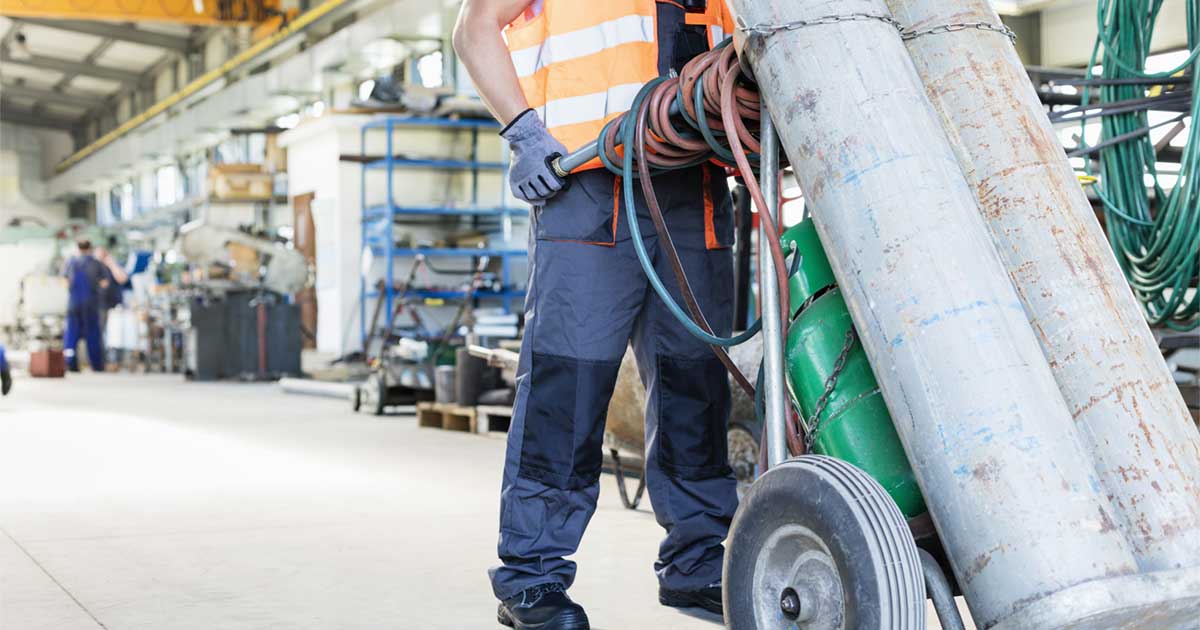
 Jeff Carnahan, President
Jeff Carnahan, President Jeff Dunn, Owner, Machinex
Jeff Dunn, Owner, Machinex



